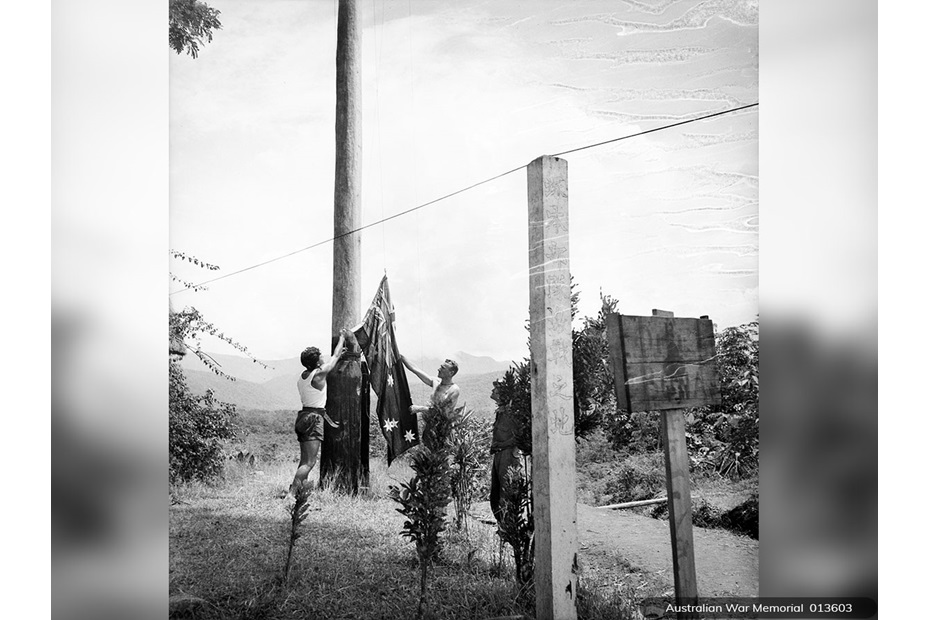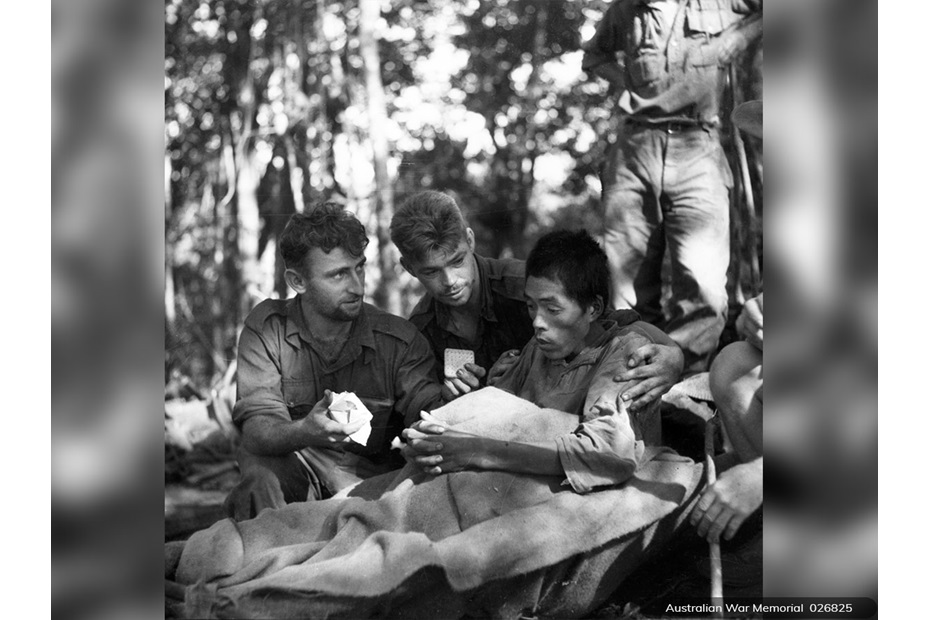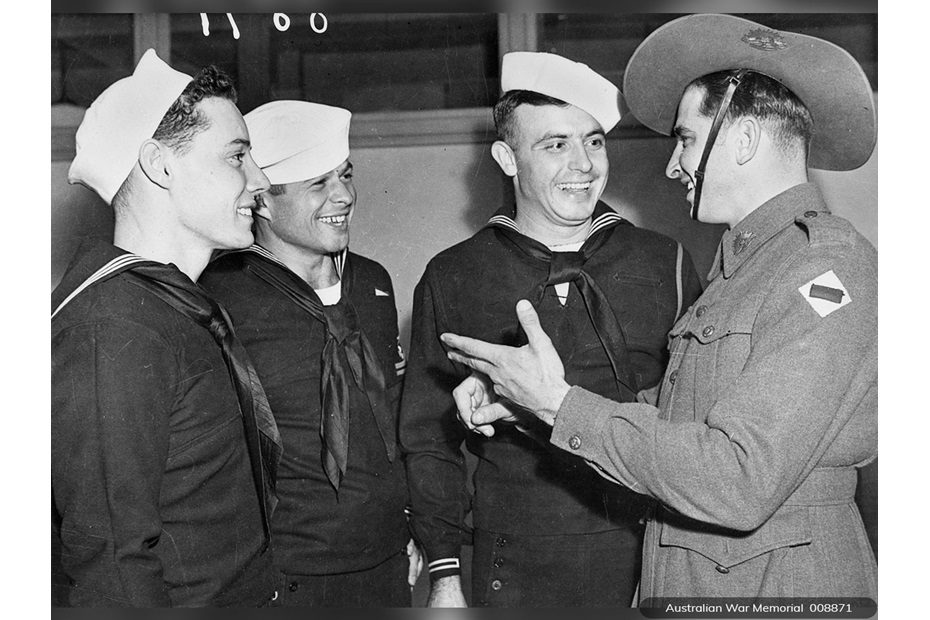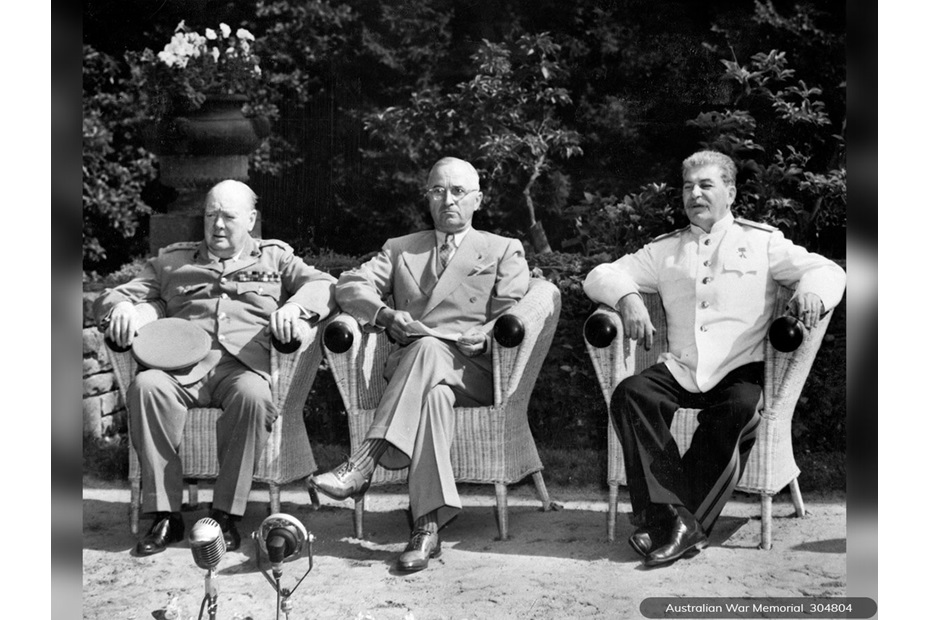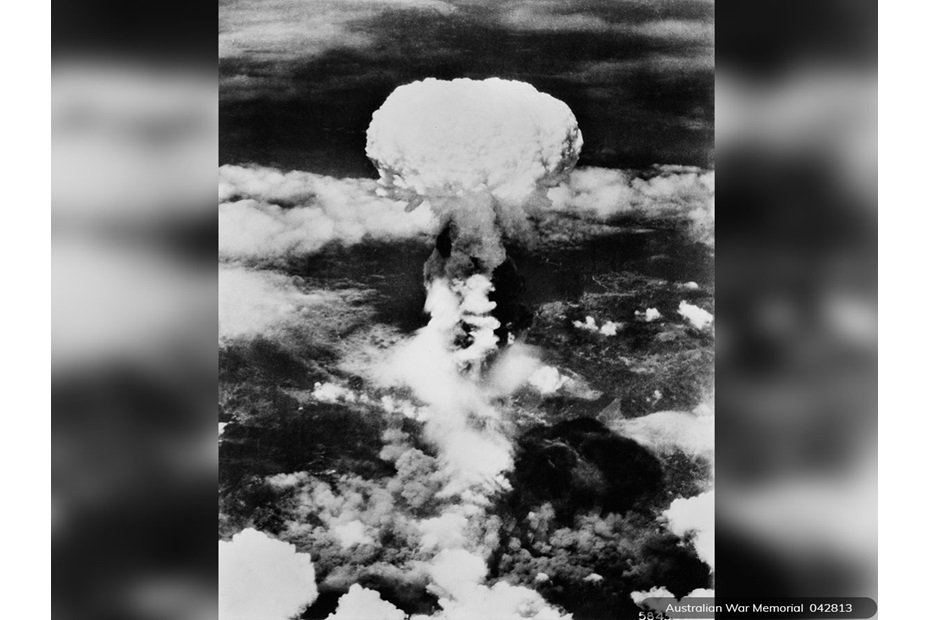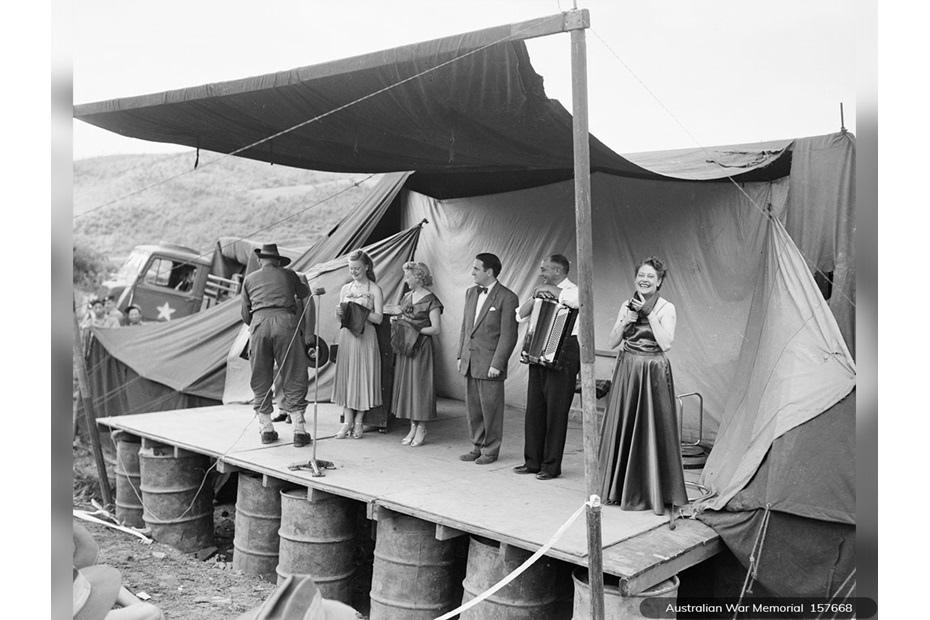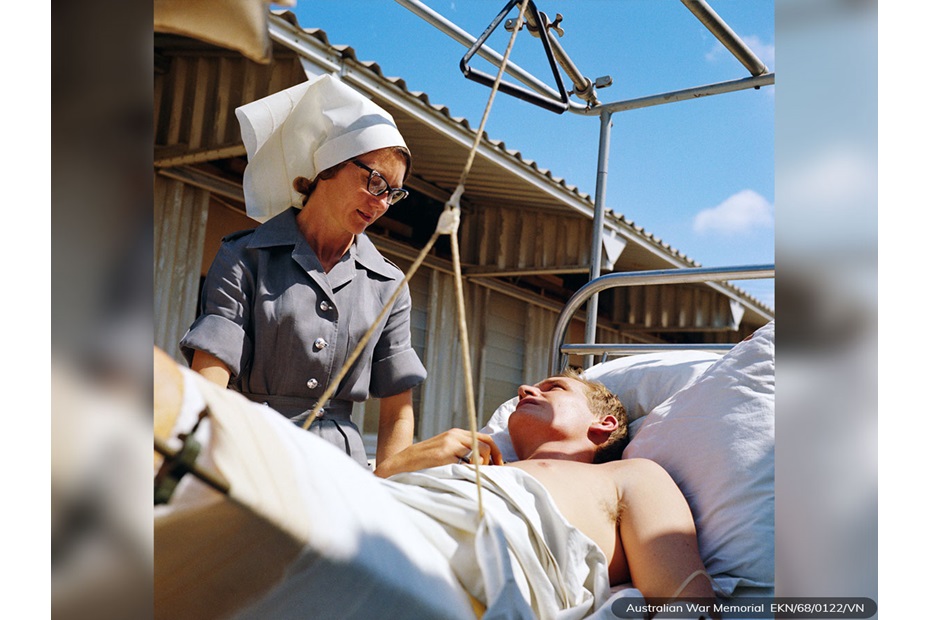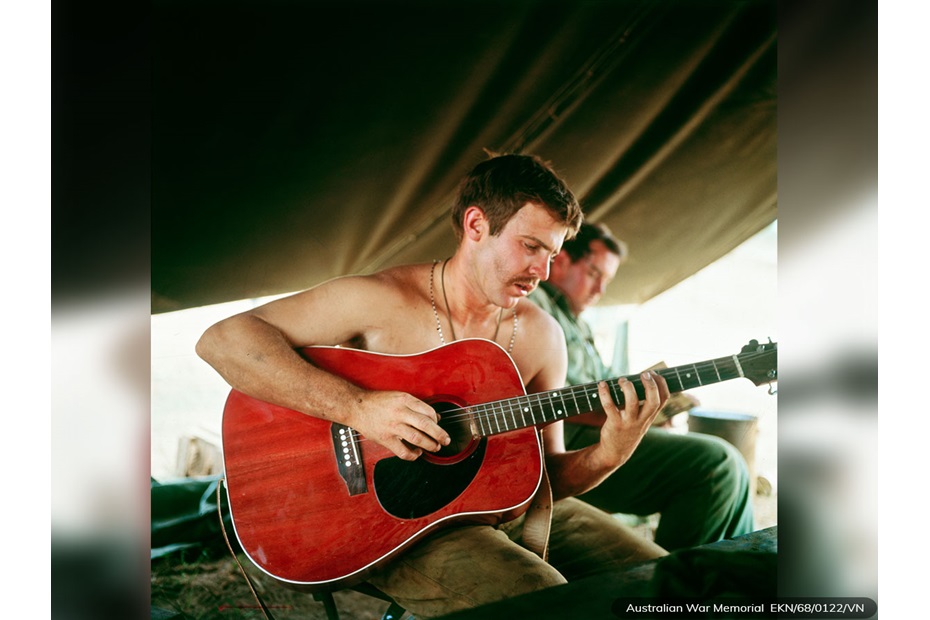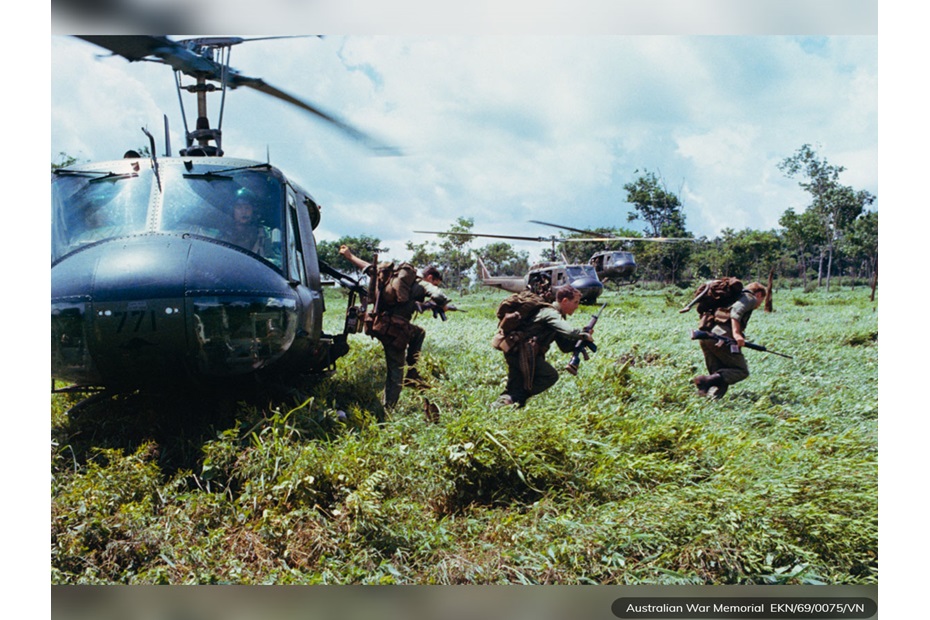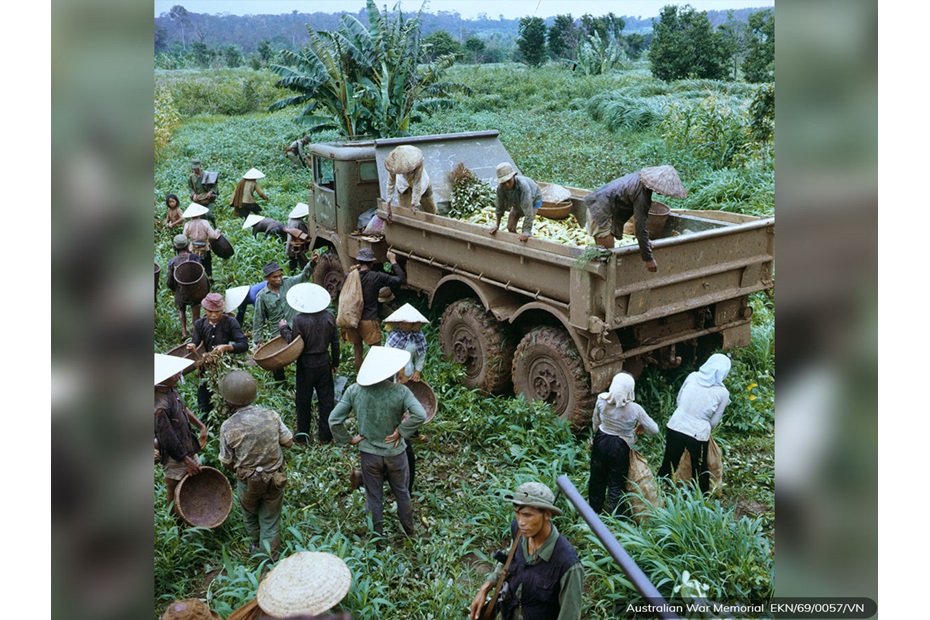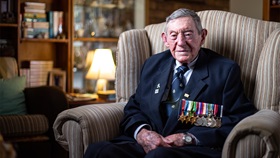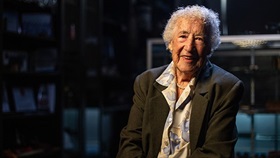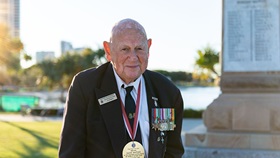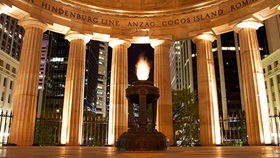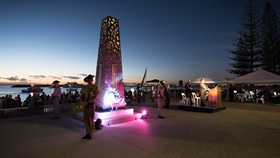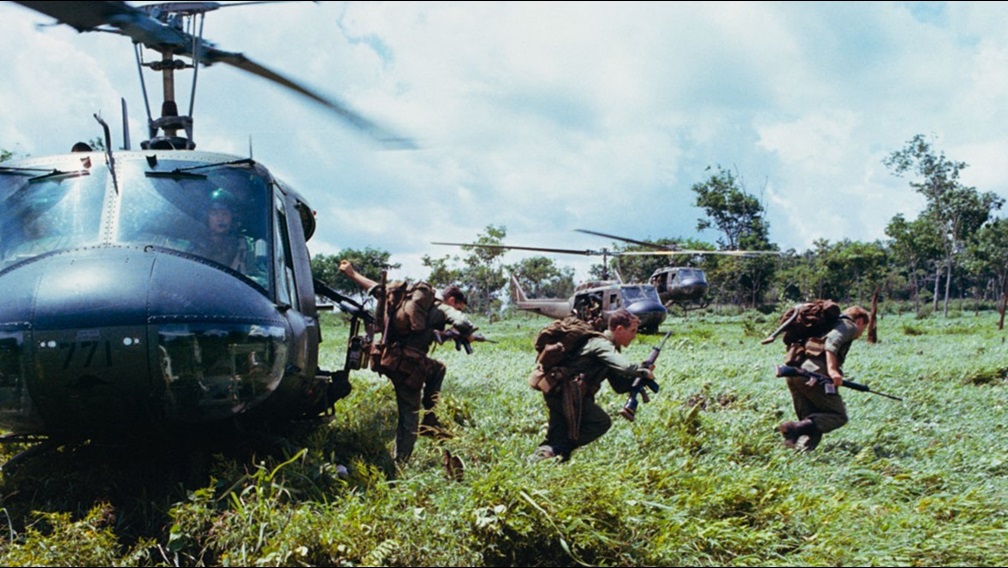

The Changing World Order
Modern History 11-12
Duration
150 minutes
Learning Goals
Students will learn about:
The nature and changing of the world order at the end of World War II and its impact on Australian Society.
Aspects of the Cold War including the growing tensions between the US and the Soviet Union at the end of World War II, the Arms Race and rise of Communism.
The evolving nature and impacts of immigration, conscription, the Korean and Vietnam Wars as well as Television with reference to their impact on Australian Society.
What you’ll need
Computer or device for individual research
Projector, TV or Smartboard for the display of images to the class
Students can complete the handouts digitally on their devices or the student handouts can be printed
RSL Education Website for images
Current political map of Europe (required for extension activity 2)
Different coloured Pens/Pencils (required for extension activity 2 only).
Year level
Year 11-12
Subjects
Modern History
Unit
Unit 4: The Modern World Since 1945
Topic
The Changing World Order
ACHMH186
An overview, as background, of the nature of the world order at the end of World War II, colonialism in the Eastern Communist Bloc and Western Capitalist Bloc, and the emerging role of the United Nations.
ACHMH171
Identify links between events to understand the nature and significance of causation, change and continuity over time.
ACHMH187
The nature of the origins and early development of the Cold War to 1948, including the ideological, cultural and political differences between the United States and the Soviet Union; and the significance of the Truman Doctrine and the Berlin Blockade.
ACHMH175
Identify, locate and organise relevant information from a range of primary and secondary sources.
ACHMH188
The evolving nature and character of the Cold War in Europe and the Asia-Pacific from 1948 through to detente, including the arms race and the threat of nuclear war; and the new Cold War of the 1980's.
ACHMH178
Analyse, interpret and synthesise evidence from different types of sources to develop and sustain a historical argument.
ACHMH189
The involvement of Australia in the Cold War, with reference to foreign policy, nuclear testing at Maralinga, and the war in Vietnam.
ACHMH182
Evaluate contested views about the past to understand the provisional nature of historical knowledge and, to arrive at reasoned and supported conclusions.
Activities
The Changing World Order: Analysis and Research
In this activity, students will analyse relationships between world leaders, conduct research on key concepts and ideologies from 1945-1991 including the arms race, ANZUS Treaty and the defining characteristics of the Cold War.
The Changing World Order Round Robin
In this activity, students will research key topics and their effect on Australian Society including: conscription, nuclear proliferation, the impact of television and media, immigration, communism, the political impacts of war, the socio-economic impacts of war and the Soviet Bloc and Domino effect. Students will focus on these key topics with particular references to Australia during World War II, Cold War, Korean War and the Vietnam War. This activity is designed as a Round Robin group activity where students collaboratively build a knowledge base as a class.
The Changing World Order Timeline
The Changing World Order Timeline has been designed to supplement student learning across the Changing World Order activity series. It highlights key events from the outbreak of World War II to the end of the Soviet Union and Cold War in 1991.
